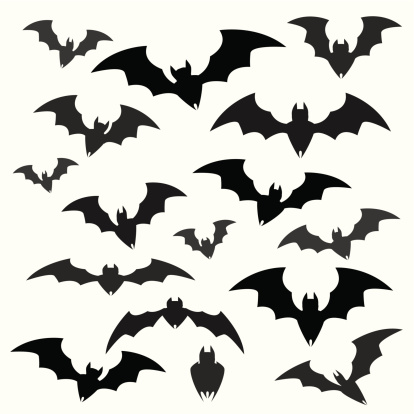 The U.S. Department of Energy (DOE) will provide more than $1.75 million to five projects that will develop and demonstrate technologies to reduce the potential impacts of wind farms on sensitive bat species.
The U.S. Department of Energy (DOE) will provide more than $1.75 million to five projects that will develop and demonstrate technologies to reduce the potential impacts of wind farms on sensitive bat species.
According to the DOE, a current challenge facing wind energy developers in the U.S. is how to protect wildlife while responsibly deploying and operating this reliable source of clean energy. As wind energy continues to grow as a major supplier of renewable electricity in communities throughout the country, new mitigation techniques and technologies could help minimize its environmental impacts to bats and other sensitive wildlife.
This funding will support projects in two research categories. Projects in the first category will focus on innovative early-stage technology development, such as advancing proof-of-concept designs, and developing and testing technology prototypes.
- Texas Christian University, Fort Worth, Texas. Texas Christian University will develop and test coatings that alter the surface texture of wind turbine towers to potentially deter bats from approaching them.
- Frontier Wind, Rocklin, Calif. Frontier Wind will develop and test an ultrasonic acoustic deterrent system comprising an array of electric ultrasonic transmitters mounted along the length of turbine blades. High-frequency sounds from these transmitters will cover the entire turbine rotor.
- University of Massachusetts, Amherst, Mass. The University of Massachusetts, Amherst, will develop a blade-mounted ultrasonic whistle. As air flows over the wind turbine blade, the device will produce a deterrence signal. The project will address the challenge of deterring bats across the entire wind turbine rotor and test whether a pulsed noise, similar to a bat call, can act as an effective deterrent.
Projects in the second research category, notes the DOE, will focus on technology demonstration and validation by testing the effectiveness of existing near-commercial technologies at operational wind facilities. The DOE says this work will serve as a critical step toward deploying commercially viable, proven tools for protecting bats.
- Bat Conservation International, Austin, Texas. Bat Conservation International will conduct reliability tests for an electronic deterrent device and carry out a full-scale validation of its effectiveness at a wind plant. The project will also compare the electronic deterrent's ability to reduce impacts to bats versus turbine curtailment – or turning turbines off when bats are most active – the primary mitigation measure currently in use.
- GE Power & Water, Greenville, S.C. GE will advance the development of a turbine-integrated, air-powered deterrent device by refining its design based on lab testing and field tests at an operating wind plant.



